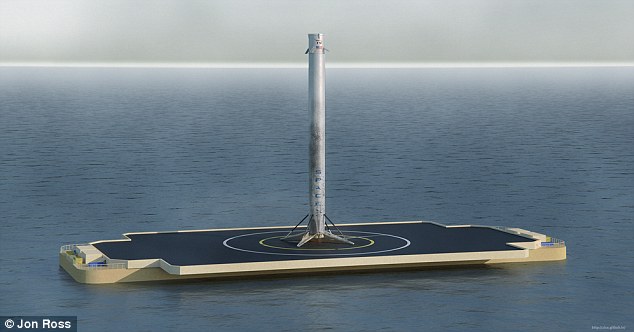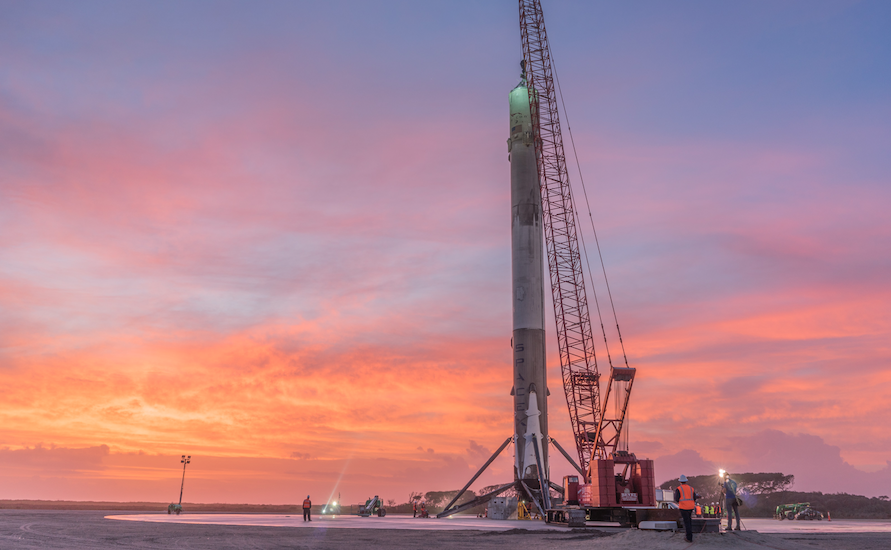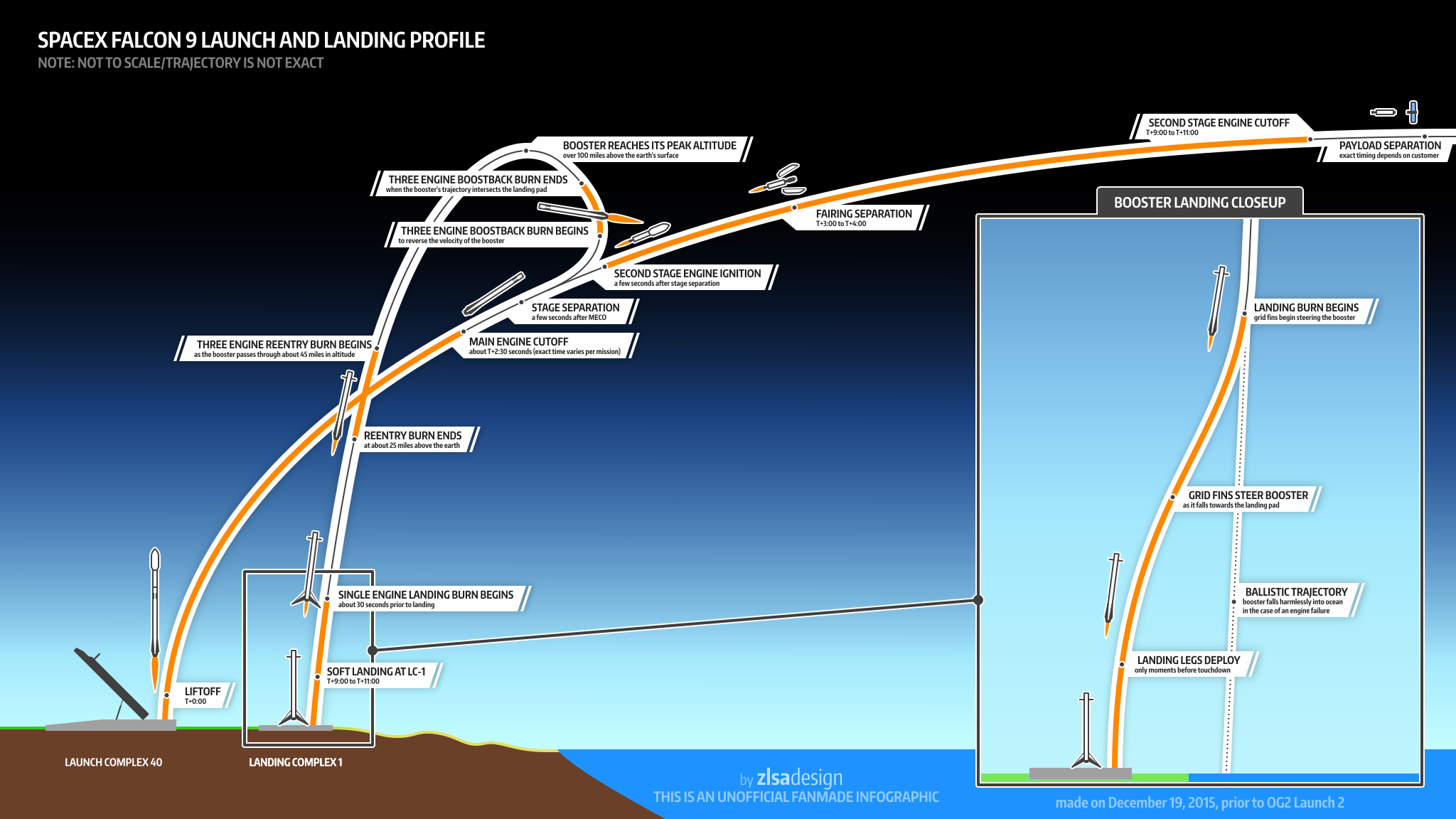SpaceX is again about to land the Falcon 9 on an offshore platform, making life harder. What for?

The successful landing of the first stage of the Falcon 9 launch vehicle, after the rocket itself successfully launched several satellites into orbit, is one of the most notable achievements of astronautics during its entire existence. The company Ilona Mask almost succeeded in landing the Falcon 9 stage on the offshore platform. But, as you know, "almost" is not considered - then the landing was very tight .
There is even a game, where everyone can try to put the step on the offshore platform. Many tried this game at Geektimes, and the percentage of successful landings is very low. This is not surprising, because the platform itself is not a super-sustainable landing site. In addition, its size does not allow to make a mistake at the landing site even a meter. Many people realize that it is much easier to plant the Falcon 9 step on land, rather than on a platform in the sea. Why all this company?

Photo: SpaceX
As it turned out, it’s all about fuel economy, this was mentioned in passing earlier. In addition, there is a second reason - this is the licensing of launches from the US Federal Aviation Administration. In the case of landing on the sea, the organization gives the go-ahead faster than when landing on land. The reason is less likely to drop a step on someone’s head, roughly speaking. In this case, the US Federal Communications Commission also issues licenses more readily.
But the main thing is still fuel. Falcon 9 must carry a payload into orbit, and if the load exceeds a certain value, then returning can be quite a difficult task - there may simply not be enough fuel to land, most of it will be used up at launch. And the heavier the load, the more fuel is required to put the load into orbit.
“Fuel costs are very important (taking into account the rocket payload and the trajectory of each individual mission),” writes a SpaceX spokeswoman. “In several subsequent missions, offshore platforms will be used to land the launch stage. This is a great practice for future heavy-duty launches when there is not enough fuel to return to the launch site, ”he continues.
As Elon Musk himself explained on the blog, to launch the satellite into orbit, significant acceleration is required. The return of the rocket to Earth means that it must receive reverse acceleration. The complexity of this process is affected by two factors: the mass of the payload and the required speed. An inaccurate and very approximate explanation may be running - try to quickly run forward, and then suddenly rush in the opposite direction. And the greater the weight of the runner, the more difficult it is to return.
As for rockets, here the larger the load required to be put into orbit, the more fuel is burned on the way to space. And not always enough fuel to return to the launch point.

Scheme of rocket launch, land landing and first stage splashdown on an offshore platform
“As for the Falcon 9 rocket, acceleration is required here to put a payload of 125 tons into orbit at a speed of 8000 km / h and landing on an offshore platform or acceleration of 5000 km / h and landing on the launch pad,” Musk writes.
The words of SpaceX representatives about subsequent landings on the autonomous offshore platform are also confirmed by official launch data. So, on January 17 and 23, a launch vehicle will be launched with the first stage landing on water. True, SpaceX is seeking permission to land both on land and at sea in order to have an alternative landing site in case of any problems.
